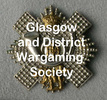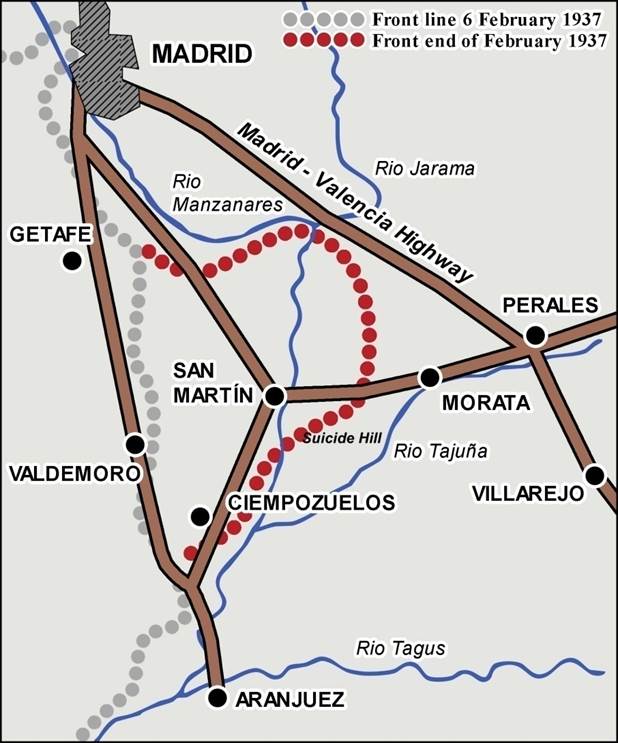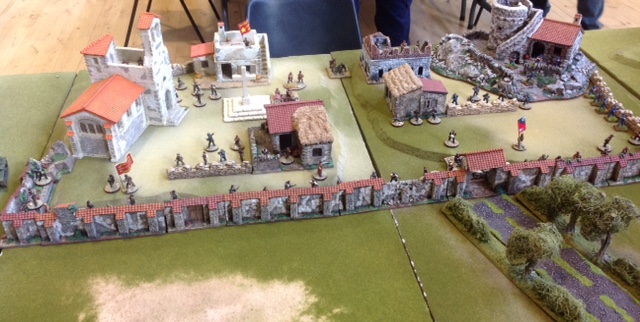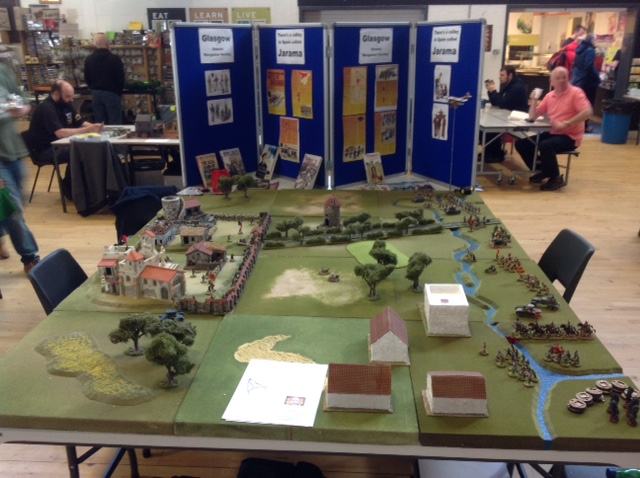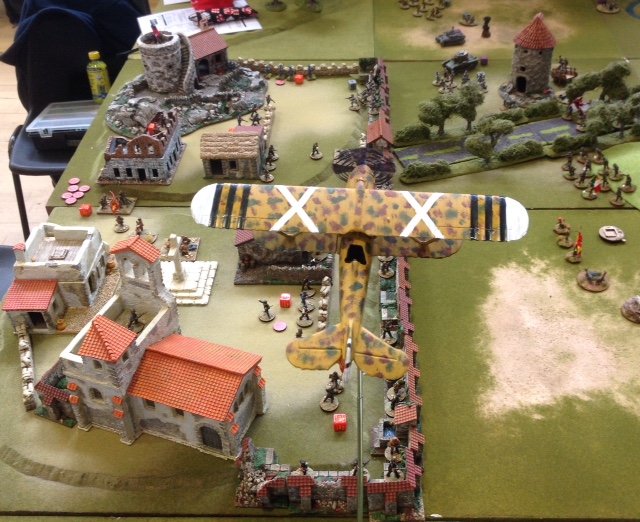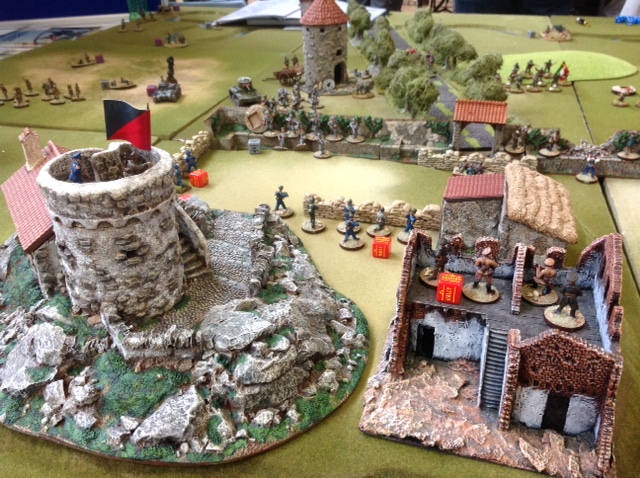|
Carronade 2015
There's a Valley in Spain called Jarama Introduction This is the first line in the song Jarama Valley written by Alex McDade, a Glaswegian labourer, who became the political commissar of the XV International Brigade in the Spanish Civil War. It became a reunion song for veterans of the conflict and was later popularised by Woody Guthrie and Pete Seeger. Battle of Jarama On 6 February 1937 the Nationalists attempted to encircle Madrid and cut it off from the Republican government in Valencia. The Republican government had advanced knowledge of the offensive, but did not take any preparatory action. When the offensive began the Republic had only two brigades, the 28th and 18th and some Assault Guards in the area. The initial forces of the Nationalist offensive, under the command of General Varela, comprised five infantry brigades as well as artillery, cavalry and three companies of tanks. Progress was fairly rapid during the first two days of the offensive, but on 9 February Republican reinforcements arrived and resistance stiffened. Among the Republican reinforcements was the 12th International Brigade and soon after, the 11th, 15th and 14th International Brigades were committed. The fighting quickly focused on the domineering hilltops in the area between the Jarama and Tajuña rivers. When the front stabilised around the 27th February, the Nationalists had committed forty infantry battalions and fifteen cavalry squadrons as well as tanks and artillery. The Republic had thrown around fifty battalions as well as Soviet T-26 tanks and aircraft. This would be one of the few battles were the Republicans had air superiority and they were able to claim a defensive victory, although the Nationalists were not forced back over the Jarama river. Casualties on both sides were appalling; with some Nationalist units suffered sixty percent casualties. Both the British Battalion and the (American) Lincoln Battalion of the 15th International Brigade, the British Battalion going from 600 to 225 combat effectives after a single days fighting, and the Lincoln Battalion suffering 300 casualties in a single attack on Pingarron Hill. Overall both sides suffered approximately 10,000 casualties and the Nationalists had again failed to take Madrid. The Game The scenario for the game seeks to show a typical action of the battle. A small Republican force of International Brigade, Popular Army and workers militia holds a village that dominates the river. The attackers include Moroccans, Carlists, Falangists and Italians. The figures come from several ranges including Empress Miniatures, Warlord and Black Tree. Most of the buildings are from Grand Manner. The rules are Bolt Action. |
Proudly powered by Weebly
